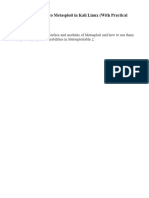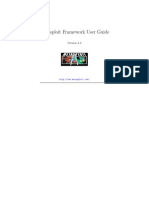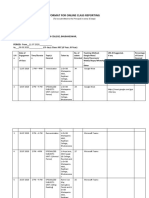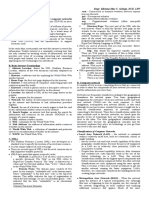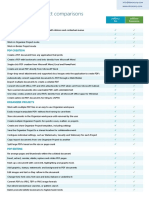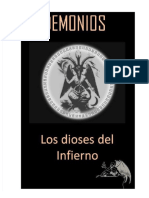0% found this document useful (0 votes)
62 views54 pagesLecture05 Exploitation Metasploit
The document outlines Lecture 5 of the INFO3002 Ethical Hacking course, focusing on exploitation and the Metasploit Framework (MSF). It covers the basics of exploitation, tools like MSF, and the steps to launch attacks using MSF, including commands and examples. Key components discussed include exploit and payload types, the architecture of MSF, and practical usage of commands in the msfconsole interface.
Uploaded by
phamgiaphong127Copyright
© © All Rights Reserved
We take content rights seriously. If you suspect this is your content, claim it here.
Available Formats
Download as PDF, TXT or read online on Scribd
0% found this document useful (0 votes)
62 views54 pagesLecture05 Exploitation Metasploit
The document outlines Lecture 5 of the INFO3002 Ethical Hacking course, focusing on exploitation and the Metasploit Framework (MSF). It covers the basics of exploitation, tools like MSF, and the steps to launch attacks using MSF, including commands and examples. Key components discussed include exploit and payload types, the architecture of MSF, and practical usage of commands in the msfconsole interface.
Uploaded by
phamgiaphong127Copyright
© © All Rights Reserved
We take content rights seriously. If you suspect this is your content, claim it here.
Available Formats
Download as PDF, TXT or read online on Scribd
/ 54



















